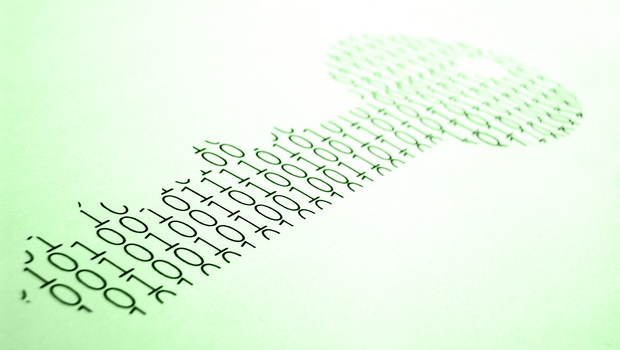Ransomware quite often target businesses, hospitals for example, rather than individuals. Corporations have more valuable data and more money for ransom (ransom increases from roughly $500 (€447) per computer to $15,000 (€13,409) for the entire enterprise).
Cyphort has examined different variants of ransomware to help users get an idea of what might be coming down the Internet pipeline. So keep an eye out for these characteristics before your network is taken hostage.
- Jigsaw
Deleting files at regular intervals to increase the urgency to pay ransom faster. Jigsaw ransomware operates like this: for every hour that passes in which victims have not paid the ransom, another encrypted file is deleted from the computer, making it unrecoverable even if the ransom is paid or files decrypted via another method. The malware also deletes an extra 1,000 files every time victims restart their computers and log into Windows. - Petya
Encrypting entire drives, Petya ransomware encrypts Master File Table. This table contains all the information about how files and folders are allocated. - RansomWeb, Kimcilware
Encrypting web servers data. RansomWeb, Kimcilware are both families that takes this unusual route – instead of going after users’ computers, they infect web servers through vulnerabilities and encrypt web site databases and hosted files, making the web site unusable until ransom is paid. - DMA Locker, Locky, Cerber and CryptoFortress
Encrypting data on network drives, even on those ones that are not mapped. DMA Locker, Locky, Cerber and CryptoFortress are all families that attempt to enumerate all open network Server Message Block (SMB) shares and encrypt any that are found. - Maktub
Compressing files first is to speed up the encryption process. Maktub ransomware does this. - Not safe in the cloud
Deleting or overwriting cloud back-ups. In the past, backing up your data to cloud storage and file shares was safe. However, newer versions of ransomware have been able to traverse to those shared file systems making them susceptible to the attack. - SimpleLocker
Targeting non-Windows platforms. SimpleLocker encrypts files on Android, while Linux.Encode.1 encrypts files on Linux, and KeRanger on OSX. - Cerber
Using the computer speaker to speak audio messages to the victim. Cerber ransomware generates a VBScript, entitled “# DECRYPT MY FILES #.vbs,” which allows the computer to speak the ransom message to the victim. It can only speak English but the decryptor web site it uses can be customised in 12 languages. It says “Attention! Attention! Attention!” “Your documents, photos, databases and other important files have been encrypted!” - Tox
Ransomware as a service is a model offered on underground forums networks. It will provide the malicious code and infrastructure to facilitate the transfer of funds and the encryption key for the victim to be able to access their information. Tox ransomware does this.
IDG News Service







Subscribers 0
Fans 0
Followers 0
Followers